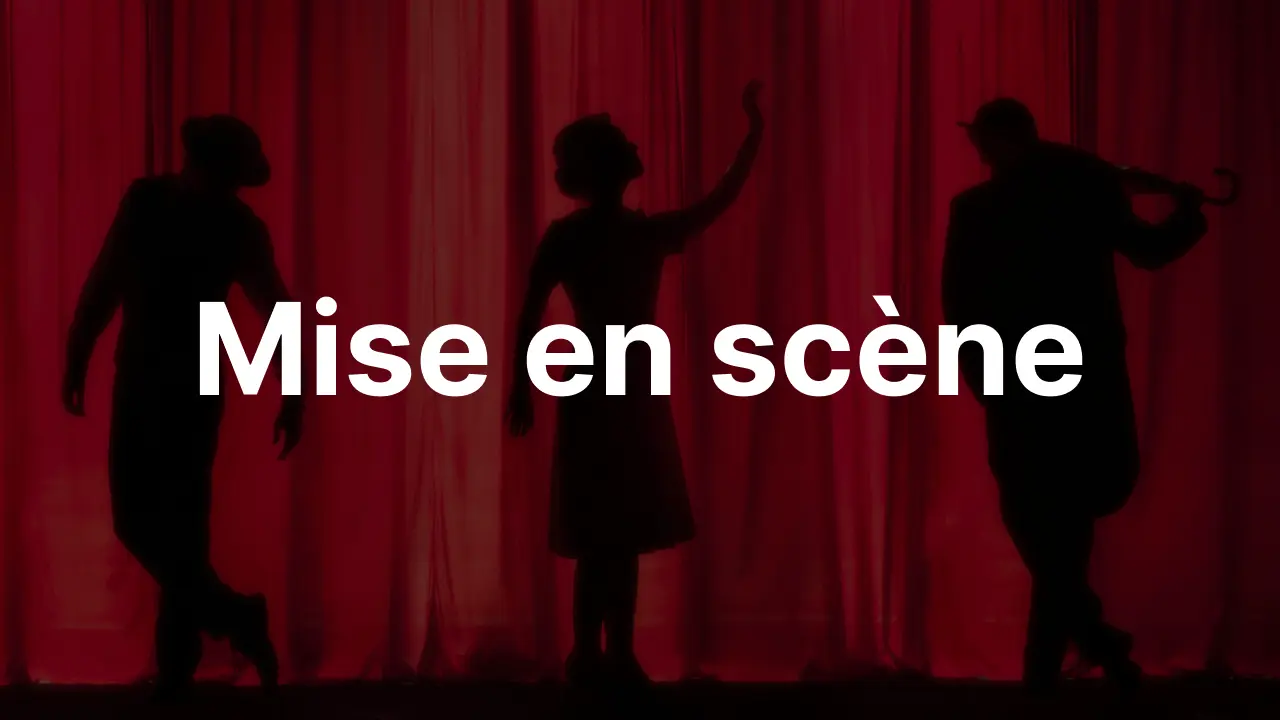Mise en scène 단어의 뜻과 예문
Mise-en-scène 단어의 뜻과 예문에 대해서 알아보겠습니다.

1. Mise en scène의 뜻
‘Mise en scène’는 프랑스어에서 유래한 영어 단어로, “무대 장치” 또는 “장면 연출”을 의미한다. 주로 연극, 영화, 또는 사진에서 사용되며, 조명, 배우의 위치, 소품, 의상 등 모든 시각적 요소가 조화를 이루어 특정 분위기를 표현하는 것을 말한다.
예문
-
The mise en scène of the play was so well-designed that it brought the audience into a magical forest.
(그 연극의 무대 장치는 너무 잘 설계되어 관객을 마치 마법의 숲으로 데려가는 듯했다.) -
In filmmaking, a director carefully arranges the mise en scène to convey the emotions of a scene.
(영화 제작에서 감독은 장면의 감정을 전달하기 위해 무대 장치를 세심하게 배열한다.) -
The photographer’s attention to mise en scène made each portrait a work of art.
(사진작가의 무대 장치에 대한 세심한 주의가 각 초상화를 예술 작품으로 만들었다.) -
Critics praised the film’s mise en scène for its realistic depiction of life in the 18th century.
(비평가들은 그 영화의 무대 장치가 18세기 삶을 현실감 있게 묘사했다고 극찬했다.) -
The mise en scène in the commercial perfectly highlighted the product’s elegance and sophistication.
(그 광고의 무대 장치는 제품의 우아함과 세련미를 완벽히 강조했다.)
대화문
-
A: Have you ever noticed how much effort goes into the mise en scène of a movie?
(영화에서 무대 장치에 얼마나 많은 노력이 들어가는지 눈치챈 적 있어?) -
B: Yeah, especially in historical dramas. The costumes and props are always so detailed!
(응, 특히 역사 드라마에서. 의상과 소품이 항상 정말 세밀하잖아!) -
A: It’s not just that; even the lighting and how the actors are positioned play a big role.
(그게 다가 아니야. 조명이나 배우들의 위치 같은 것들도 큰 역할을 해.) -
B: True! A well-thought-out mise en scène can completely immerse you in the story.
(맞아! 잘 계획된 무대 장치는 너를 이야기에 완전히 몰입하게 만들어.)